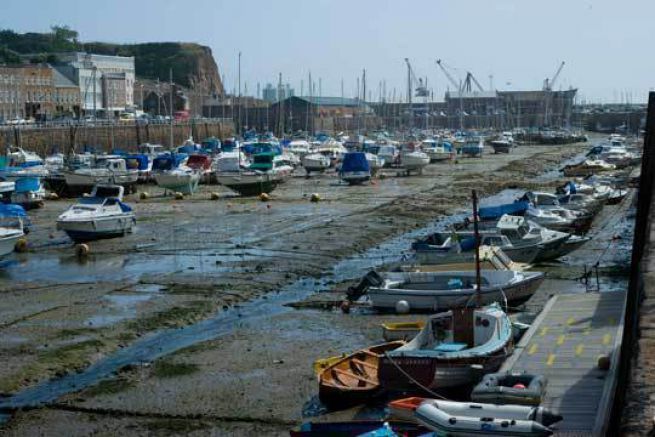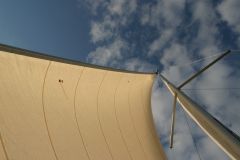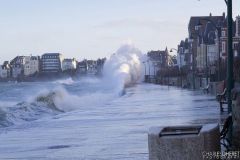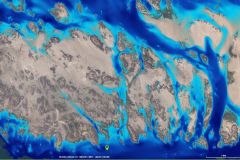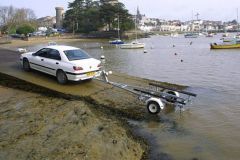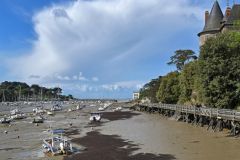Tidal coefficient Tidal range: Scale calculated according to the tidal range that characterizes the size of the tide. The tidal coefficient, which ranges from 20 to 120, has no unit of measurement
Estran Tidal zone : also called tidal zone is the part of the coastline that is covered or uncovered by the tides with the highest coefficients (not to be confused with the sea level)
Etale period that corresponds to the time when the tide is reversed. The height of water hardly varies. We find the slack water slack water and the low water slack water
Flot : Time while the tide is rising (as opposed to ebb)
Flux current created by the flow

High Tide tide with a coefficient greater than 100
Jusant time during which the tide is falling (the opposite of the flow)
Sea Lead : area of land covered and uncovered by the tide of the day (not to be confused with the foreshore, which corresponds to the tides with the highest coefficients)
Tide of the century tide: tide whose phenomena occur every 18 years and whose coefficients are close to 120. The last tide of the century took place on 21 March 2015 (coefficient 119).
Equinox tides Tides with high coefficients that occur during the equinox period (around March 21 and September 21)
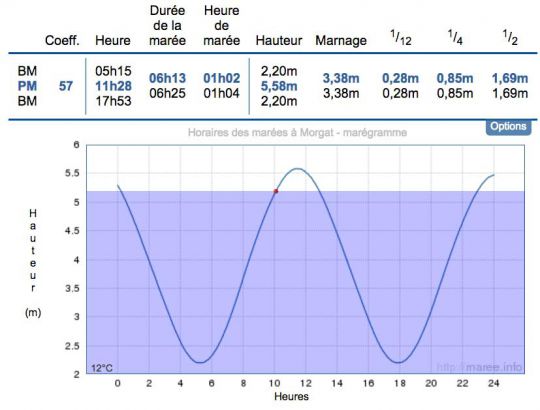
Tide gauge extracted from maree.info website
Tide gauge curve representing water height versus time (also called tidal curve)
Marnage : difference in water level between high and low water
Stillwater period when tidal coefficients are the lowest, between 20 and 70
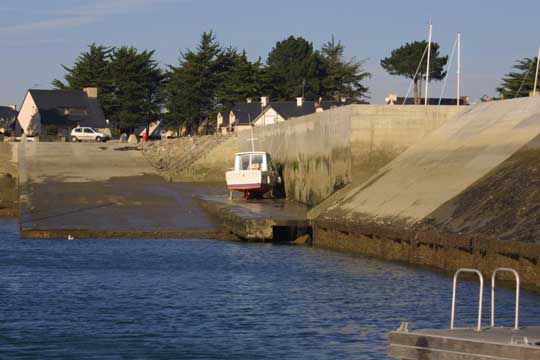
Pilot foot safety margin kept in the tide calculations to secure a passage. This margin is used to avoid small variations due to wind or atmospheric pressure
Reflux : current created by the ebb
Vive-eau period when tidal coefficients are the highest, between 70 and 120


